Regardless of age, gender and lifestyle, everybody had at least one and everybody hates them. Stabbing or mild, constant or casual, headaches are always inopportune and affect our mood. What causes headaches, how severe are they and how we can treat them according to their type are just a few questions we are going to answer to in this article.
What Causes Headaches?
Headaches are triggered by a variety of factors, from foods to chemicals and other neurological conditions. There are many types of such head and neck disorders, each with its signs and symptoms.
Most commonly, headaches are classified in primary and secondary. The first type defines a medical condition in itself and includes the tension type headache, sinus headache, migraine and cluster headache, while secondary headaches are defined as the result of another head or neck condition like an injury, trauma or, more serious problems like a tumour. In other words, headaches can be illnesses in themselves or symptoms of other diseases.
In order to structure the information as comprehensibly as possible, we’ve chosen to classify headaches by type, duration, intensity and localisation of pain, as well as by association with other medical conditions or external factors.
Classification of Headaches by:
1. Type of Pain
- Cluster headaches are the least common, but the worse headaches one can deal with. Characterised by a stabbing pain in and around one eye, this disorder occurs as episodic scenes of severe pain, and its symptoms are tearing, red eyes and nasal congestion. Its causes are unfortunately unknown. As regards treatment options, there are several ways to abort such episodes or to prevent a further attack, such as inhalation of high concentration of oxygen, different types of injectable medication, and even caffeine.
- Tension headaches are commonly caused by emotional stress and its main feature is a pressure, moderate pain or band-like tightness which is a physiological result of head and neck muscle contraction. People experiencing tension headaches define the pain as a ‘band squeezing the head’. They are recommended to relieve stress as these might become chronic.
- Throbbing headaches are defined by a pulsating pain.
2. Duration of Pain
- Chronic headaches are frequent, recurring headaches characterised by a pain that gets worse over time. According to medical statistics, over 45 million Americans suffer from chronic headaches. They may be caused by brain or skull disorders and can occur even to children.
- New daily persistent headaches are said to occur for at least four hours every day, 15 days a month for three months. The pain is consistent and is located on one or both sides of head.
3. Intensity of Pain
- Ice pick headaches are among the most painful ones, and are easily mistaken with cluster headaches as they usually feel like a single stab or series of stabs in the orbital region. They can also occur around the temporal area or parietal area of the head. Ice peak headaches are known under the name of primary stabbing headaches as well.
- Migraine headaches are among the most severe and common headaches. Their causes are controversial, not to say unknown. If until recently it was believed that migraines are the result of blood vessel constriction, new studies show that the origin of such pain is a disorder of the central nervous system.
Migraine are characterised by acute pain on one side of the head, possibly on both sides, and are usually accompanied by nausea, dizziness, blurred vision, mental cloudiness and perceptual disturbances such as auras.
Most likely, these headaches are triggered by emotional stress, certain foods and substances such as chocolate, alcohol, processed meat, caffeine, or by bright lights and loud sounds.
Migraines are hereditary which means that if both parent have a migraine history it is likely for their children to develop the same disorder.
- There is another headache type associated with migraines called ocular headaches, located behind the eyes. Most common feature of such disorder is eye twitching and temporary vision loss. Interestingly, ocular headaches can be prevented with drugs used to treat high blood tension.
4. Localisation of Pain
- Sinus headaches are the result of pressure within the sinuses of the skull. The pain in such cases is located behind the forehead or cheekbones. These are part of frontal headaches.
- Headaches in the back of the head are similar to neck headaches and tension headache.
- TMJ (temporomandibular joint) headaches are characterised by a pain at temples or in front of ears and are often mistaken with tensions headaches. These two types do not respond to the same treatment. If you experiment such pain, it is better to consult a doctor.
- Dental headaches are generally secondary headaches caused by dental conditions such as bruxism or TMJ. Bruxism is defined as excessive teeth grinding during night.
5. Association with other Medical or Neurological Condition, or External Factors
- Pregnancy headaches are said to be caused by changing hormone levels during pregnancy.
- Ice cream headaches, typically called ‘brain freeze’, are obviously caused by ice cream, or by any other food or drink which is extremely cold.
- Caffeine headache are the result of excessive coffee consumption. For instance, if you are used to two cups of coffee every morning, on a day like Saturday, when you are probably not getting the ‘right’ amount of caffeine, you might get up in pain.
- Cough headache are an unusual type of headaches caused by coughing, sneezing, laughing, or crying. According to Mayo Clinic, primary cough headaches are harmless in comparison to secondary cough headaches which might be the result of severe brain problems and require surgery.
- Sex headaches are said to be caused by low pressure during sexual activity. As they grow stronger during orgasm, the person experiencing such pain is advised to stop sex.
- Menstrual headaches have hormonal causes. One of them is the low level of Estrogen before women’s cycles.
- Exercise headache are caused by strenuous effort during running, tennis, swimming or weightlifting.
- Early morning headaches are similar to migraines and can be caused by certain substances found in medication waning in your body during sleep.
How to Treat Headaches
It is important to know that not all headaches require medical supervision and treatment. Some of them can be treated through counselling, rest, self-care, and stress management.
Also, more and more studies show that there is a strong connection between headaches and the food we eat. To relieve symptoms, specialists recommend to change our lifestyle and customize our diet according to specific needs.
Dr. Oz, for instance, with the help of Dr. Majid Fotuhi, has created a slideshow with foods and their vitamins that can heal headaches. Here is a breakdown of the information you can find by accessing his website:
| Common Types of Headache | Vitamins Fighting Headaches | Food Containing These Vitamins |
| Migraine | RiboflavinVitamin B2 400 mg daily | Quinoa, crimini mushrooms, asparagus, low fat milk |
| Hormonal headache | Magnesium 450 mg daily | Spinach, Swiss chard, sweet potato, bananas, sunflower seeds, sesame seeds |
| Tension headache | Coenzyme Q10 | Tuna, eggs, mackerel, broccoli, cauliflower |
| Cold or Flu-related headache | Water-rich fruit | Watermelon, strawberries, grapefruit, pineapple |
Some headaches do not indicate severe problems, but others require the intervention of a physician. If there are episodes of pain in your head or neck which occur frequently and make you feel dizzy, you should better contact your doc and ask for expert advice.
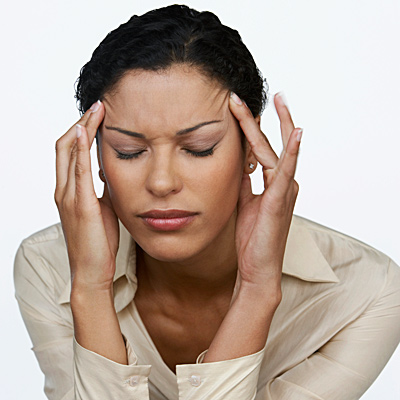
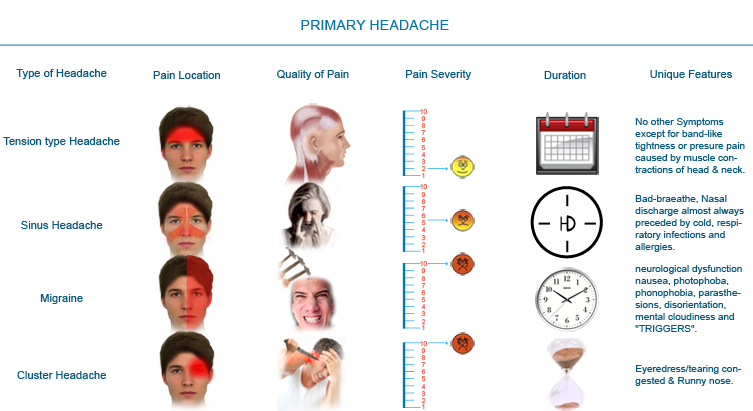

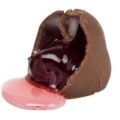
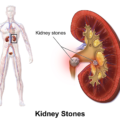


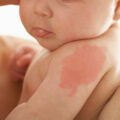

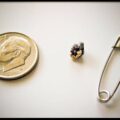




Leave a Reply